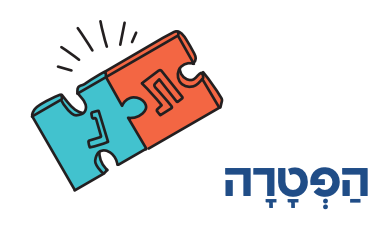Ilustration Credit: Elad Lifshitz, Dov Abramson Studio

Haftarah הַפְטָרָה
This week in shul, we get to read an entire book of Tanakh: Sefer Ovadiah!
It’s the shortest book of Tanakh, clocking in at just 21 pesukim.
Ovadiah’s prophecy focuses on the people of Yehudah and their enemy nation, Edom. Ovadiah often calls these two nations by the names of their ancestors: Yaakov and Esav. We know that Edom comes from Esav because of this line in our parashah (Bereishit 36:1): וְאֵלֶּה תֹּלְדוֹת עֵשָׂו הוּא אֱדוֹם (These are the descendants of Esav, who is Edom).
Crime and punishment
Ovadiah describes how, when the first Beit Ha-Mikdash was destroyed, Edom watched the people of Yehudah suffer and took their stuff. But Ovadiah promises justice—Edom will get what they deserve.
You can see this idea here in this dramatic pasuk. Notice how Ovadiah uses the names Yaakov and Esav to describe Yehudah and Edom!
וְהָיָה בֵית יַעֲקֹב אֵשׁ וּבֵית יוֹסֵף לֶהָבָה וּבֵית עֵשָׂו לְקַשׁ
וְדָלְקוּ בָהֶם וַאֲכָלוּם וְלֹא יִהְיֶה שָׂרִיד לְבֵית עֵשָׂו
כִּי ה' דִּבֵּר׃
The House of Yaakov shall be fire, and the House of Yosef flame, and the House of Esav straw;
They shall burn it and devour it, and no survivor shall be left of the House of Esav,
–for God has spoken.
- Have you ever seen straw being burned? What do you think would happen to it? Why is this a powerful metaphor?
Edom as a symbol
Ovadiah describes a specific time in history when Edom hurt the people of Yehudah. But in many places in the Talmud and midrashim, Edom represents the empire of evil that continues to keep the Jewish people in exile (for example Bereishit Rabbah 65:21).
- If you think of Edom in that symbolic way, what words in Ovadiah’s prophecy could provide hope that one day we will finally be redeemed from exile? (Hint: Check out the final pasuk of the book. You might recognize it from daily Shaharit. It’s also featured in Rosh Hashanah Musaf!)
-------------------
-------------------





